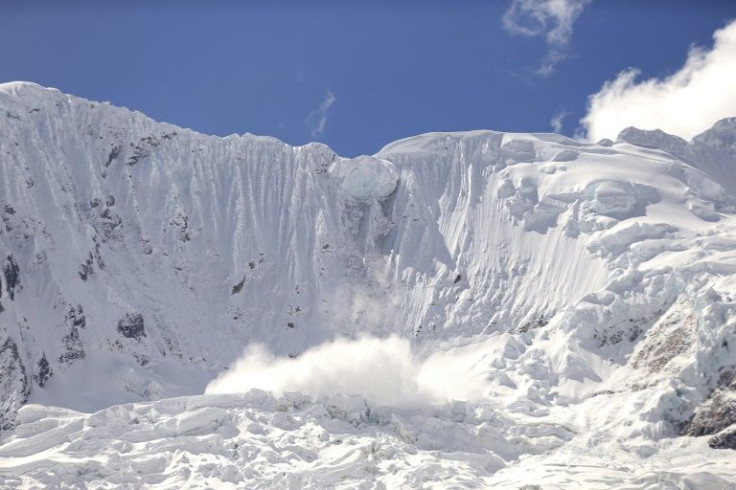Could We Reverse Global Warming? Refreezing Earth's Poles May Be A 'Feasible' Method
KEY POINTS
- Scientists analyzed the feasibility of stratospheric aerosol injection in polar regions
- This would help arrest or reverse the melting of the glaciers
- It would cost only a small fraction of the amount required to reach net zero emissions
Amid concerns about global warming, scientists and leaders across the world are looking for ways to slash the rising temperatures. A team of researchers has suggested a novel idea - refreeze the North and South poles.
In a new study, published in the journal Environmental Research Communications, scientists analyzed the feasibility of stratospheric aerosol injection (SAI) in the polar regions to mitigate some of the damage caused by global warming.
Most studies on SAI talk about its use on a global scale. Here, the team proposes using the method only at the poles, which will make it a "feasible" and "inexpensive" approach.
"There is widespread and sensible trepidation about deploying aerosols to cool the planet," lead author Wake Smith, a lecturer at Yale University and a senior fellow at the Mossavar-Rahmani Center for Business and Government at Harvard Kennedy School, noted. "But if the risk/benefit equation were to pay off anywhere, it would be at the poles."
Under the geoengineering program, jets would be used to spray microscopic aerosol particles into the atmosphere at 60 degrees north and south latitude, approximately near the city of Anchorage in Alaska and Patagonia, the southern tip of South America.
This would create a thin blanket across the poles to block some of the solar radiation, which can help arrest or reverse the melting of the glaciers. This would reduce surface temperatures in the Arctic and Antarctic regions by 2°C.
Since less than 1% of the human population lives in these areas, the risks would be significantly less compared to a global approach.
"Nonetheless, any intentional turning of the global thermostat would be of common interest to all of humanity and not merely the province of Arctic and Patagonian nations," Smith said.
The aerosol would slowly drift to the poles if released at a height of 43,000 feet (13,000 meters). The annual costs of this project would be $11 billion, which is a small fraction of the amount required to reach net zero emissions and less than one-third of the budget to reduce global temperatures by 2°C.
However, the research team asserted the current air-to-air refueling tankers such as the aged KC-135 and the A330 MMRT will be insufficient to carry out the task. They estimate that a fleet of 125 newly designed high-altitude tankers would be required.
"Game-changing though this could be in a rapidly warming world, stratospheric aerosol injections merely treat a symptom of climate change but not the underlying disease. It's aspirin, not penicillin. It's not a substitute for decarbonization," Smith warned.

© Copyright IBTimes 2025. All rights reserved.





















